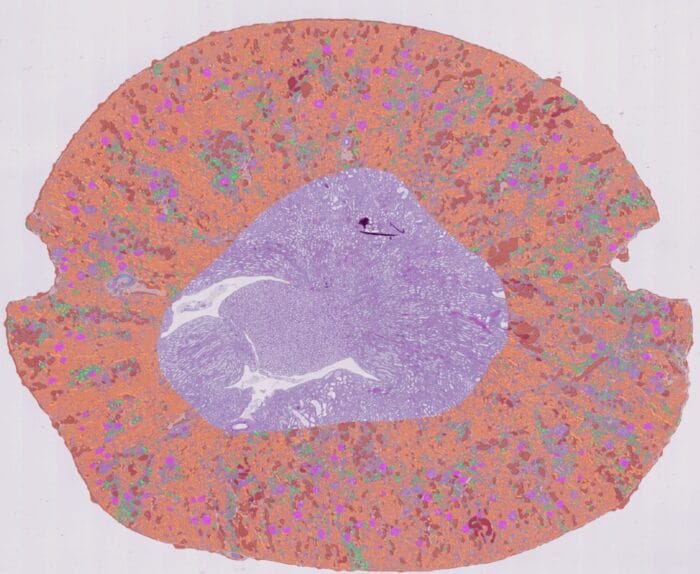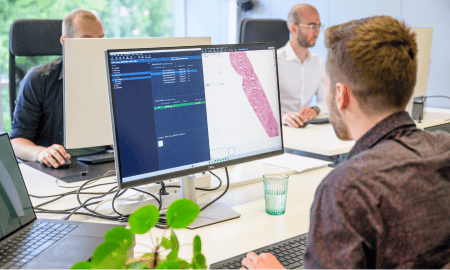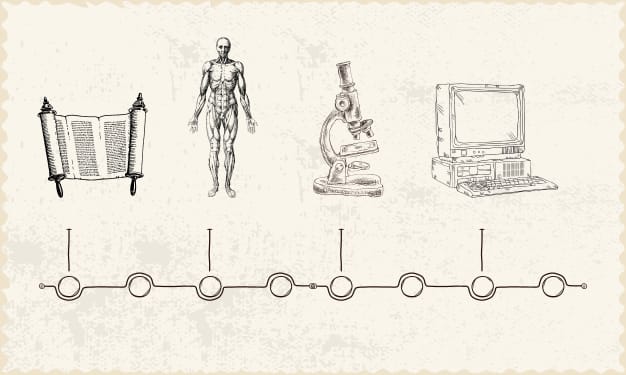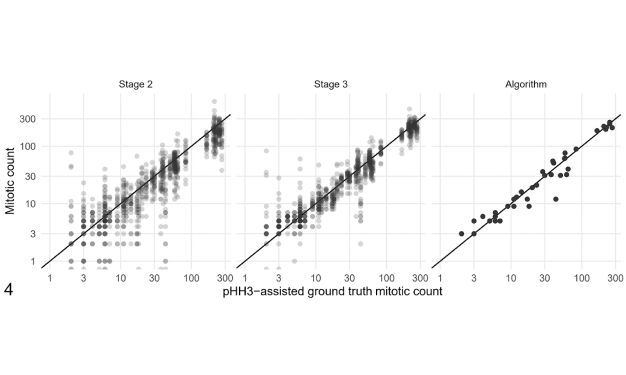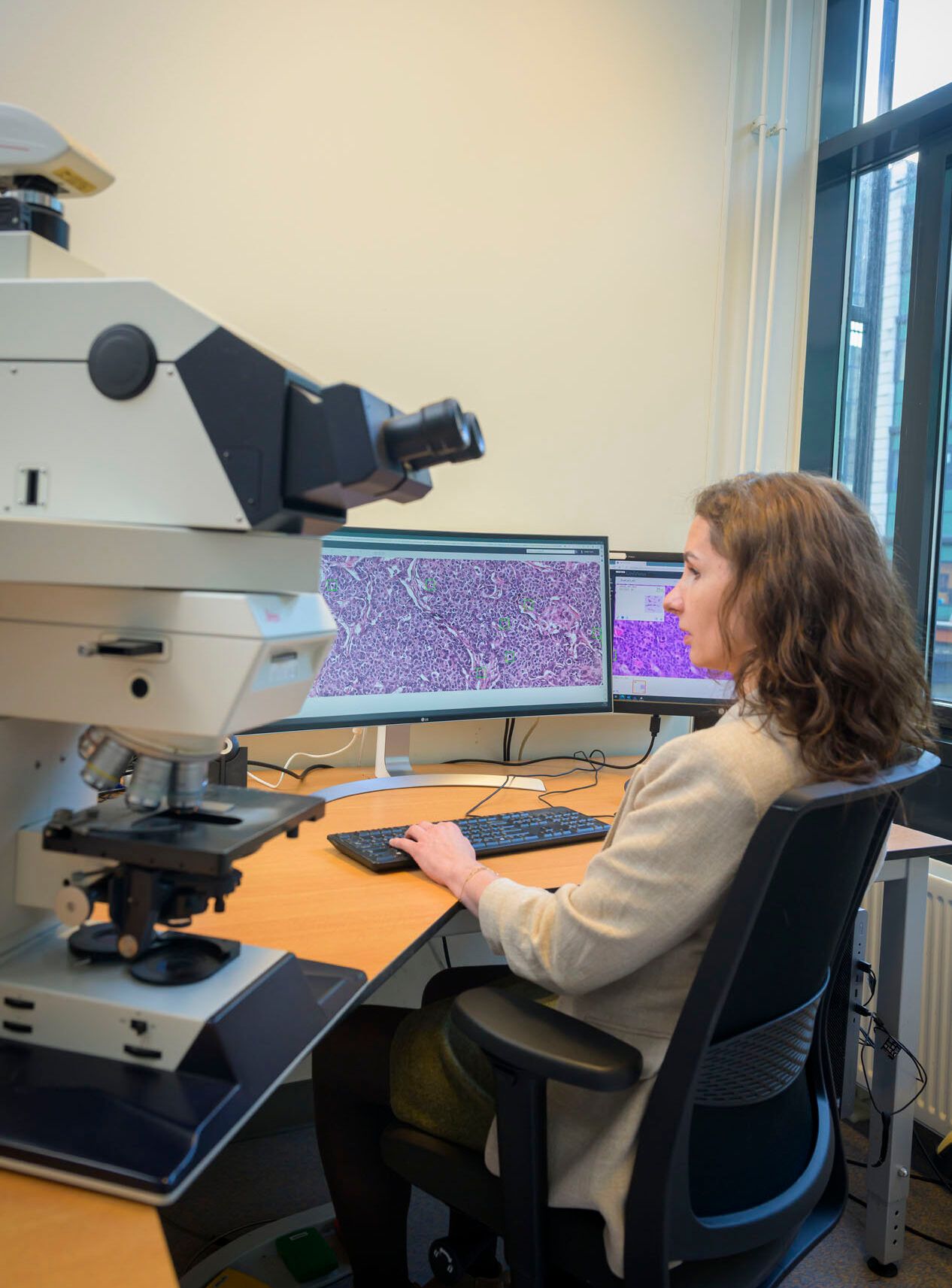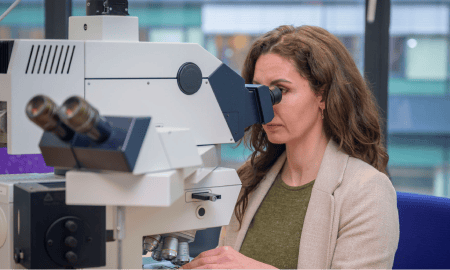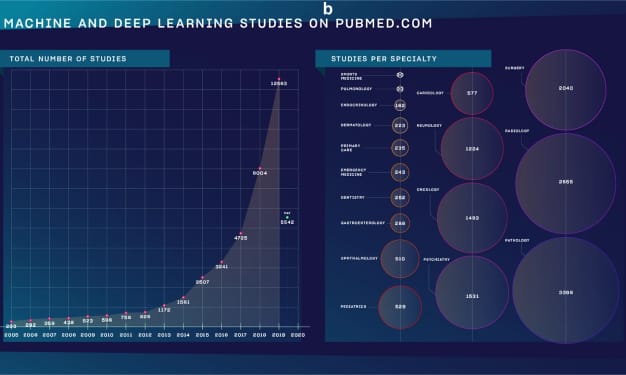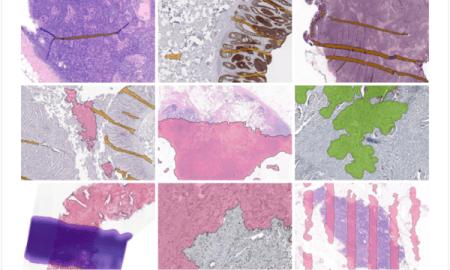Diana Rosentul, a Regulatory Affairs Specialist at Aiosyn, intricately manages the regulatory landscape associated with the integration of AI-based solutions within clinical and research institutions. Drawing upon her extensive background in Medical Sciences and the regulation of Medical Devices, Diana discusses challenges linked to staying up-to-date and shares her insights on handling different regulatory policies concerning Aiosyn’s AI algorithms.
Diana Rosentul, Regulatory Affairs Specialist
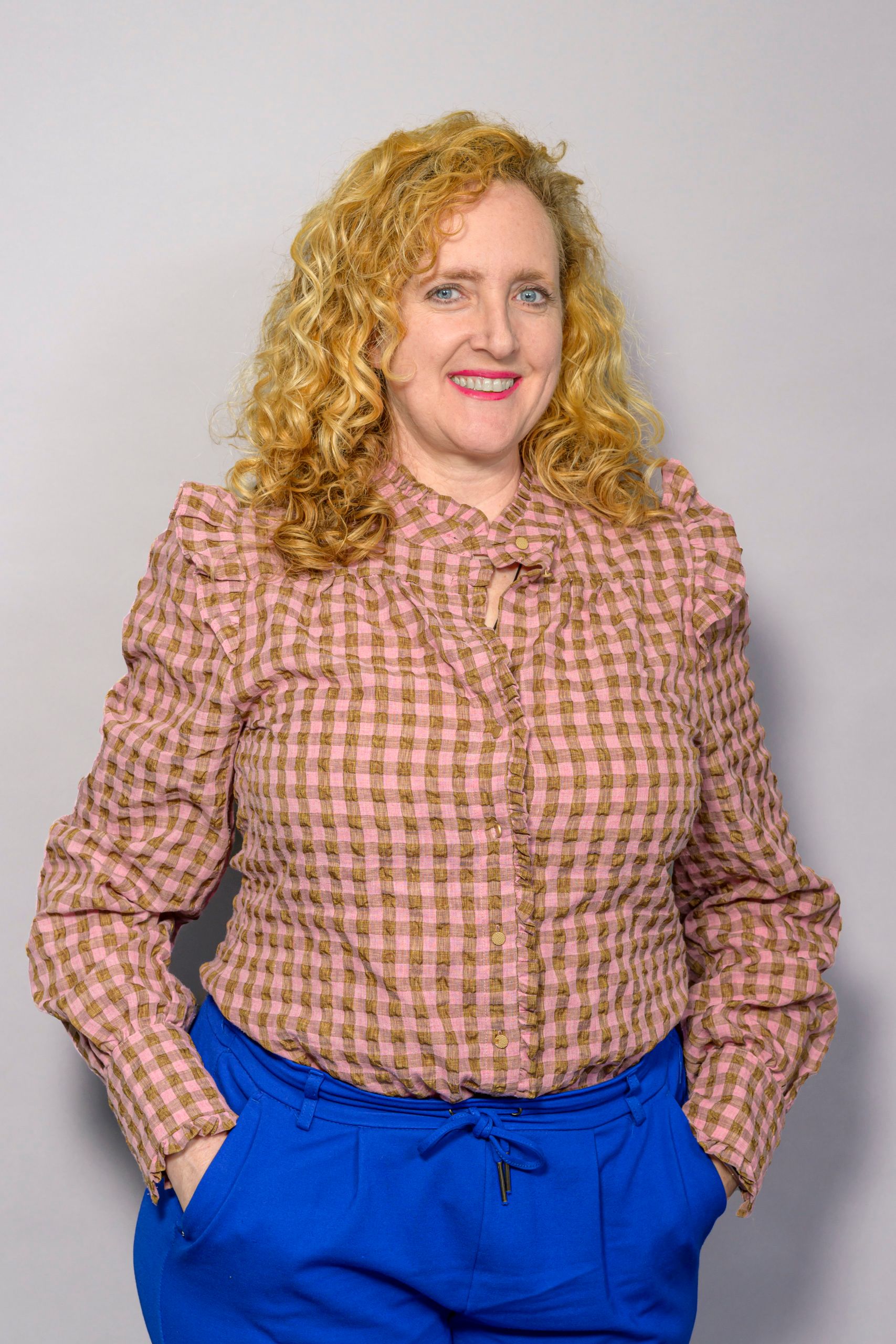
Kama Witkowska, Marketing & Communications Assistant at Aiosyn: Good morning Diana. Before we start, could you please introduce yourself and describe your time at Aiosyn?
Diana Rosentul, Regulatory Affairs Specialist: Sure! I am Diana Rosentul; I come from Venezuela, and I live in the Netherlands. As a Regulatory Affairs Specialist at Aiosyn, I hold a Ph.D. in Medical Sciences from Radboud University, a Post-Doc from Tel Aviv University, and a Regulatory Affairs Specialist (Medical Devices) certificate from RA People Academy in Amsterdam. I have also worked for the Dutch Research Council (NWO) and the Dutch Research Agenda (NWA) on various funding calls related to (technology-driven) Applied Science research projects. This is the reason why I am a MedTech enthusiast and why I started working on Regulatory Affairs.
I joined Aiosyn in March 2023. Since then, I have been supporting the Aiosyn team to reach compliance and provide safe and effective medical devices to healthcare practitioners and patients.
Kama: How do you stay on top of the evolving and dynamically changing regulatory environment for AI-based products?
Diana: I follow the news on LinkedIn related to those topics, as well as key opinion leaders with whom I interact on social media platforms. In addition, some communities, such as Open Regulatory, focus on Software as a Medical Device (SaMD). I also belong to the RA People Academy Alumni community, as well as a community created by the company Easy Medical Device. Open Regulatory not only has a Slack forum, but it also hosts regular online meetups in which I participate. Finally, I am on a mailing list with many key opinion leaders, so the news arrives in my inbox.
Kama: In the face of regulatory changes post-product release, what is your approach to adapting and ensuring compliance?
Diana: Initially, I normally conduct thorough research on the given regulatory update. Subsequently, I usually assess its impact on our products. Finally, in case it is required to apply the update, I develop a comprehensive plan for the seamless integration of the new regulatory requirements. Currently, our first medical device is pending CE certification. If it was already certified, we would also contact our notified body in case a certified product undergoes significant changes.
Kama: What are some of the challenges that are raised in connection with the European in Vitro Diagnostic Medical Devices Regulation 2017/746 (IVDR), specifically with algorithms being involved?
Diana: In Europe, the European IVDR was applied on May 26, 2022, replacing the earlier EU Directive on in vitro diagnostic medical devices (98/79/EC or IVDD). Unlike the IVDD, the IVDR imposes more stringent requirements, making it less straightforward to certify products for market placement. Under the IVDD, legal manufacturers of most devices could independently prepare documentation and ensure compliance without involving a notified body. In case a notified body was needed, the process was not very cumbersome. However, with the IVDR, self-certification is unlikely, needing certification through a notified body.
Medical devices placed on the market under the IVDD are now considered “legacy devices” under the IVDR, entitling the companies to an extended transition period to meet the heightened IVDR requirements. Presently, there are only 12 notified bodies for the IVDR and 43 for the MDR (the European Medical Devices Regulation), creating a bottleneck for companies worldwide seeking certification for the EU market. This transition has led to significant delays in obtaining certification from notified bodies, posing a substantial challenge for medical device companies.
As a new company (founded in July 2021), Aiosyn faces additional hurdles as its first IVD device was developed after the IVDR date of application, depriving its device of the “legacy device” status and subjecting it to the full scope of IVDR requirements and prolonged certification timelines.
The implementation of the MDR and IVDR in an inefficient manner could potentially lead to a shortage of medical devices in healthcare systems, with severe consequences for patient care.
Additionally, the AI Act is a new regulation that will come into effect to regulate the use of artificial intelligence across industries, including medical devices, to ensure the safety and trustworthiness of AI in Europe. While there are currently no additional issues related to using AI in medical devices, future compliance will require alignment with both the IVDR and the AI Act.
Kama: How do you approach dealing with such obstacles?
Diana: In compliance with the IVDR, we meticulously prepare all necessary documentation and fulfill the requirements outlined in the new regulation. Furthermore, we successfully passed an external audit conducted by BSI, our notified body, demonstrating our adherence to the Quality Management System (QMS) requirements stipulated in the new regulation. While we have no control over the prolonged waiting times associated with notified body certification, maintaining transparent and effective communication is crucial to optimizing this process.
In anticipation of the AI Act, taking a proactive approach to preemptively meet the regulatory requirements before its enforcement is key for future operational efficiency and compliance. This proactive stance ensures that we are well-prepared to navigate the evolving regulatory landscape effectively.
Kama: How do you ensure regulatory compliance with the product development team? When developing new product features, at which stage do you actively discuss regulatory policies?
Diana: Our robust Quality Management System (QMS) is meticulously aligned with regulatory standards. Throughout the design and development phase, once the medical device classification is established, we rigorously adhere to our QMS procedures to ensure compliance at the product’s culmination. As we progress through the manufacturing phase, regular collaborative meetings involving regulatory, quality, and development teams are conducted to ensure the production of compliant products and the preparation of required documentation for market clearance in our target markets.
Kama: What is your approach in addressing the data privacy concerns in the field of artificial intelligence? Particularly, considering its heavy dependence on big data sources.
Diana: Our data acquisition process unfolds in distinct stages. Before utilizing external datasets we always ensure ethical data usage, safeguard data protection, and secure authorization for commercial product utilization. The vetting and approval of data suppliers adhere to stringent protocols within our internal Quality Management System (QMS).
Kama: What are the differences between the regulatory policies in the European Union and the United States of America? What are some challenges that result from these differences?
Diana: Regulatory policies for in vitro medical devices in the European Union (EU) and the United States of America (FDA) exhibit distinct differences due to their separate regulatory frameworks. The FDA operates a centralized system, overseeing device approval and market surveillance. In contrast, the EU relies on member countries for market surveillance, with conformity assessments for most of their products conducted by independent bodies known as notified bodies.
Differences extend to product classification and clearance-to-market processes between Europe and the U.S. For legal manufacturers like Aiosyn, based in Europe and seeking to enter the U.S. market, challenges arise in determining product classification in both jurisdictions. Additionally, the necessity of devising separate regulatory strategies to meet distinct requirements poses a significant challenge.
Furthermore, once a product enters both markets, stringent post-market surveillance is essential to ensure its safety and efficacy for patients and healthcare practitioners, regardless of the country in which the devices were sold.
Kama: Can you share some recent news or updates connected to Aiosyn’s products in light of regulatory frameworks?
Diana: Not at the moment, but who knows next week? There is never a dull moment when you work on regulatory affairs. The IVDR and the AI Act (in the future) are new to the field, and it feels like sailing in uncharted territory. However, at Aiosyn, we do our best to stay up-to-date with the newest standards and regulations, keeping in mind that, despite their challenges, the regulations are important to ensure safe and effective medical devices. Despite sometimes feeling frustrated when confronted with a poorly planned roll-out of new legislation, I remind myself that it exists for a reason.
Kama: Thank you for your time and your valuable insights into the world of medical device regulations!
To be among the first to read Aiosyn Mitosis Breast’s study publication and stay updated on Aiosyn news, consider subscribing to our newsletter or following us on LinkedIn.

More Blogs
-
AI assistance in Chronic Kidney Disease monitoring
03 July, 2024 • By Kama Witkowska
Read more -
Behind the scenes of pathology AI innovation – Blazej Dolicki’s insights into training, validation, deployment, and beyond
18 June, 2024 • By Victoria Grosu
Read more -
A short overview of the history of pathology: origins, early days, and the transition to novel technologies
16 May, 2024 • By Kama Witkowska
Read more -
The benefits of AI implementation in mitotic figure counting
11 April, 2024 • By Kama Witkowska
Read more -
Cristina González Gonzalo discusses her journey with the clinical validation of Aiosyn Mitosis Breast
14 December, 2023 • By Anna Correas Grifoll
Read more -
Time to go digital? Navigating the pathology transition from microscopes to whole slide images
30 November, 2023 • By Victoria Grosu
Read more -
Prepare for the future: AI is changing the landscape of pathology
09 October, 2023 • By Victoria Grosu
Read more -
How automated quality control of whole slide images can increase the efficiency of clinical and research pathology workflows
25 July, 2023 • By Victoria Grosu
Read more

